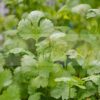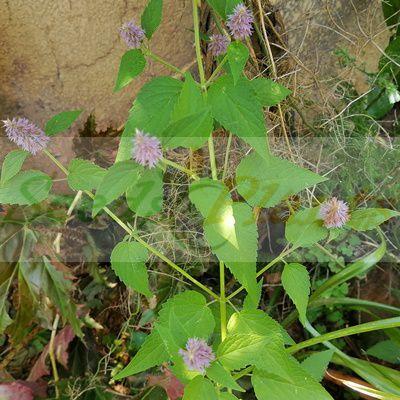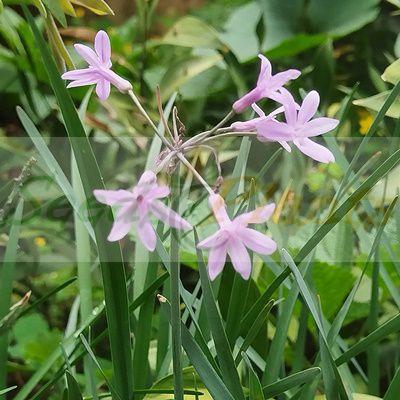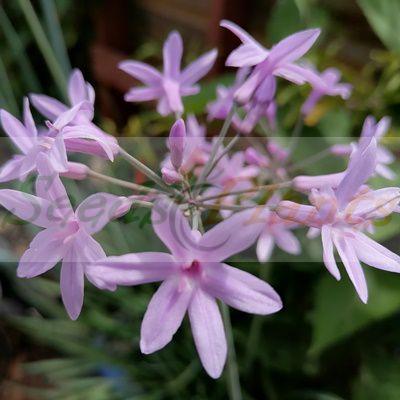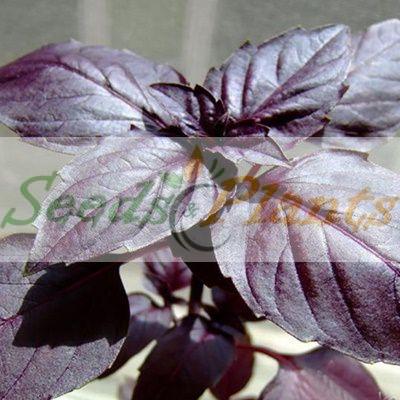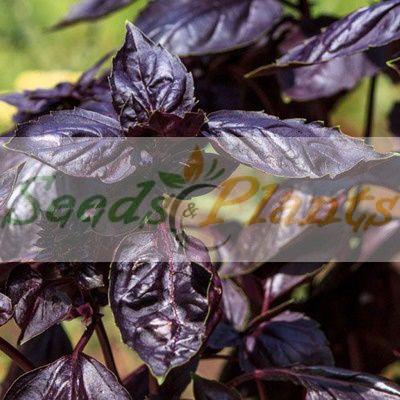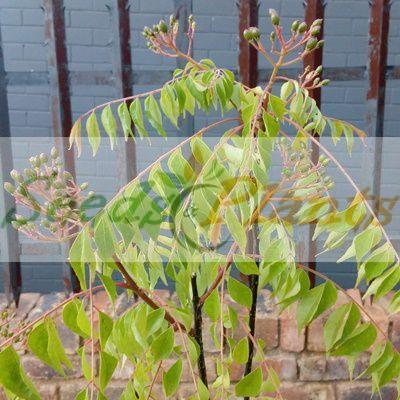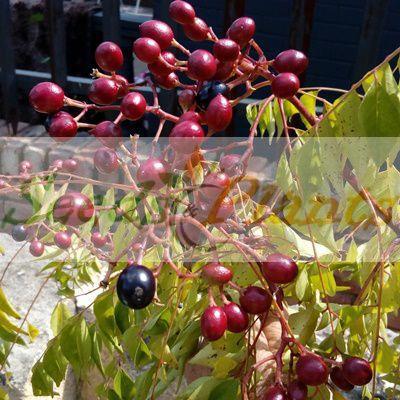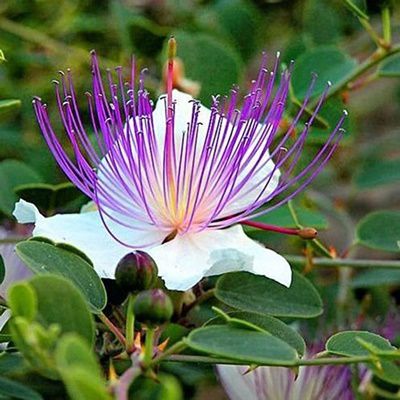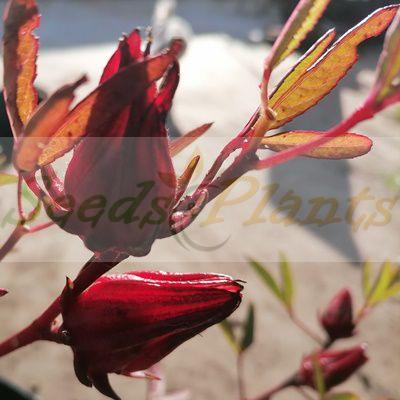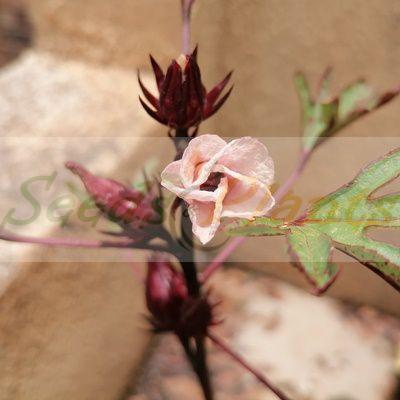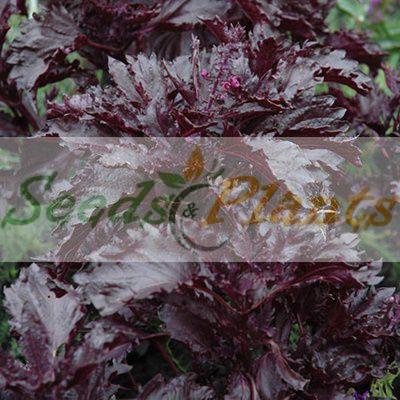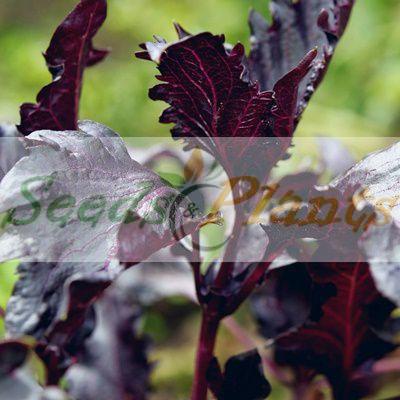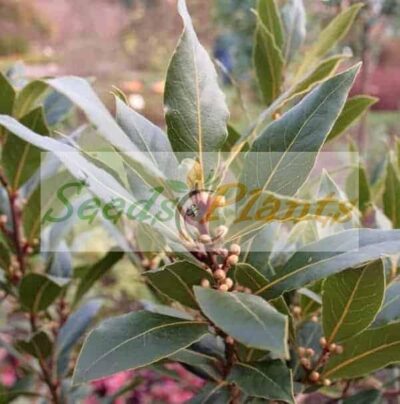- 🌿 Herbal Quick Facts
- 🌿 Medicinal Part: Flower, Leaf, Root
- 🌱 Life Cycle: Perennial
- 🌞 Sun Exposure: Full Sun
- 💧 Water Needs: Avoid Overwatering, Moderate Water
- View All Quick Facts ↓
Anise Hyssop – 50 Seeds
(Agastache foeniculum)
R30.00
The aromatic leaves have a licorice-like (anise) scent and are used in herbal teas, to flavor jellies or eaten fresh.
Common Names: Giant anise, blue giant hyssop, fragrant giant hyssop and lavender giant hyssop.
Indoor Sowing: Cold stratification and then transplant in Spring.
Direct Sowing: Late Autumn.
In stock
🌿 Herbal Quick Facts
- 🌿 Medicinal Part: Flower,Leaf,Root
- 🌍 Origin / Region: North America
- 🌱 Life Cycle: Perennial
- 🪴 Growth Habit: Bushy,Clumping,Upright
- 🌸 Flower Color: Lavender
- 🌞 Sun Exposure: Full Sun
- ☀️ Growing Conditions: Drought Tolerant
- 🟤 Soil Preference: Chalky Soil,Gravel Soil,Loamy Soil,Moderately Fertile,Sandy Soil,Well-Drained
- 💧 Water Needs: Avoid Overwatering,Moderate Water
- 🦋 Pollinator: Attracts Bees,Attracts Butterflies,Attracts Hummingbirds,Wasps
- 😋 Flavor Profile: Licorice-like
- 🍽️ Culinary Use: Beverages/Teas,Flavoring
- ⚕️ Healing System: American Traditional Medicine
Anise hyssop (Agastache foeniculum) is a short-lived herbaceous perennial with lavender blue flowers and fragrant foliage. Other common names include blue giant hyssop, fragrant giant hyssop and lavender giant hyssop. Despite the common name, it is not closely related to hyssop (Hyssopus spp.), a European plant traditionally used as a healing herb, or anise, Pimpinella anisum, a completely different plant in the carrot family (Apiaceae). It is noted for its mid- to late summer bloom of lavender to purple flowers in terminal spikes and its anise-scented foliage.
The upright, clump-forming plants generally grow 2-4 feet tall and about 1-3 feet wide from a small tap root with spreading rhizomes. They have opposite leaves on the square stems (characteristic of the mint plant family). The foliage remains nice looking throughout the season and sometimes has a purplish cast on the new growth. The flowers are very attractive to bees – particularly bumblebeees, butterflies, beetles and other insects that feed on the nectar or pollen, as well as hummingbirds.
Anise Hyssop Uses
- The aromatic leaves have a licorice-like (anise) scent and are used in herbal teas, to flavor jellies or eaten fresh in small quantities, such as in a salad with other greens.
- The dried leaves can be used in potpourri.
- The flower spikes can be cut to use in fresh arrangements or to dry, and the flowers are edible.
- The plant is also used medicinally to relieve congestion, acting as an expectorant.
Growing Anise Hyssop
Indoor Sowing: Cold stratification and then transplant in Spring.
Direct Sowing: Late Autumn.
- Start seeds indoors with cold stratification or sow seeds directly outdoors in late autumn, allowing them to overwinter and germinate naturally in spring.
- Seeds sown indoors need 1 week of stratification. To stratify, place the seeds on the surface of slightly moistened, sterile, soil-less growing mix. Seal the seeds in a plastic bag.
- Store the bag in a refrigerator for one day, then in a freezer for one day.
- Repeat this alternating cold/freeze cycle for one week.
- After stratification, place the seed mixture on the surface of pots filled with growing media.
- Seeds need light to germinate, so don’t cover them after planting. Put the pots in a warm area where the temperature is at least 21°C.
- Keep the soil moist but not soggy until germination.
- Germination in about 1 month.
- Transplant seedlings when large enough to handle once all risk of frost has passed.
- Space the plants 30cm apart in full sun.
- It tolerates a wide range of soils as long as there is good drainage.
- This plant has no significant pest problems but may develop root rot in wet soils or powdery mildew and leaf spots in humid climates.
- It tolerates drought once established but will also do well in moist soils as long as it has good drainage.
- Plants grown from seed may bloom the first year.
- Can be successfully grown in containers.
Disclaimer
Medicinal Information:
All medicinal information on this website is for educational and informational purposes only and may not be construed as medical advice. The information is not intended to replace medical advice or treatment offered by healthcare professionals.
Seeds, Plants, Plant Cuttings, Geophytes and Dried Herbs:
In some countries and provinces, certain plants are deemed as invasive and are not allowed to be planted at all, whilst some plants are allowed to be grown only in certain areas or provinces. The onus is on you as the buyer to familiarize yourself with the regulations pertaining to your location, before purchasing any of our seeds, plants, plant cuttings, geophytes or dried herbs. We will not be held liable, should you purchase any seeds, plants, plant cuttings, geophytes or dried herbs. from us which are prohibited in your country or province.
| Life Cycle | Perennial |
|---|---|
| Culinary Use | Beverages/Teas, Flavoring |
| Flavor Profile | Licorice-like |
| Growing Conditions | Drought Tolerant |
| Growth Habit | Bushy, Clumping, Upright |
| Flower Color | Lavender |
| Pollinator Value | Attracts Bees, Attracts Butterflies, Attracts Hummingbirds, Wasps |
| Region of Origin | North America |
| Medicinal Part | Flower, Leaf, Root |
| Soil Type Preference | Chalky Soil, Gravel Soil, Loamy Soil, Moderately Fertile, Sandy Soil, Well-Drained |
| Traditional Healing System | American Traditional Medicine |
| Sun Exposure | Full Sun |
| Water Needs | Avoid Overwatering, Moderate Water |

